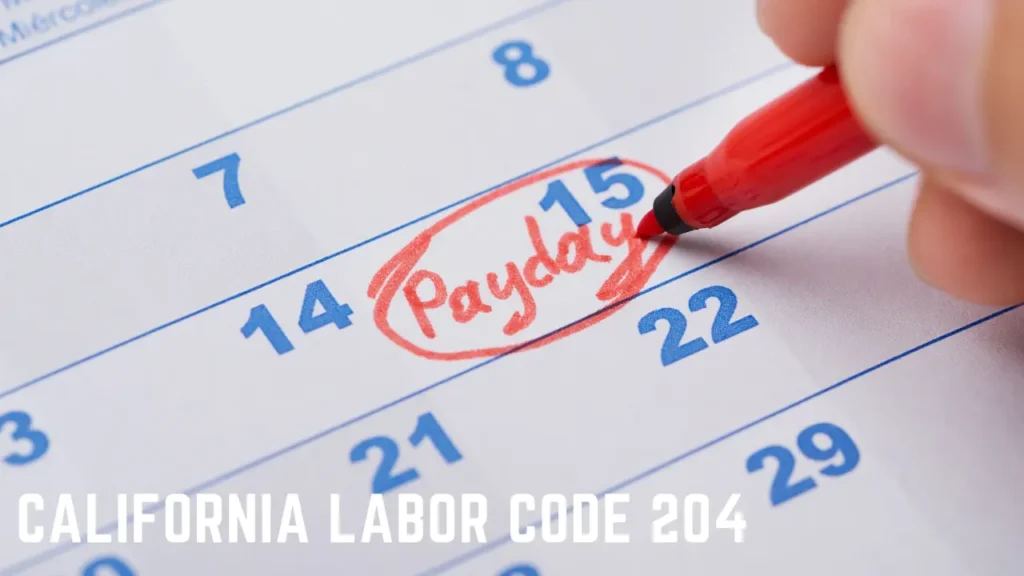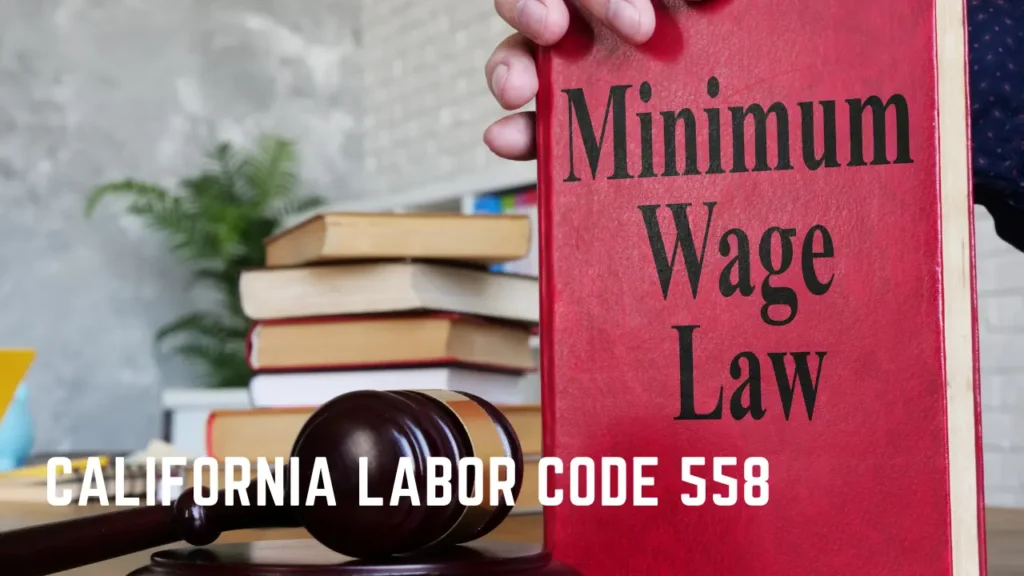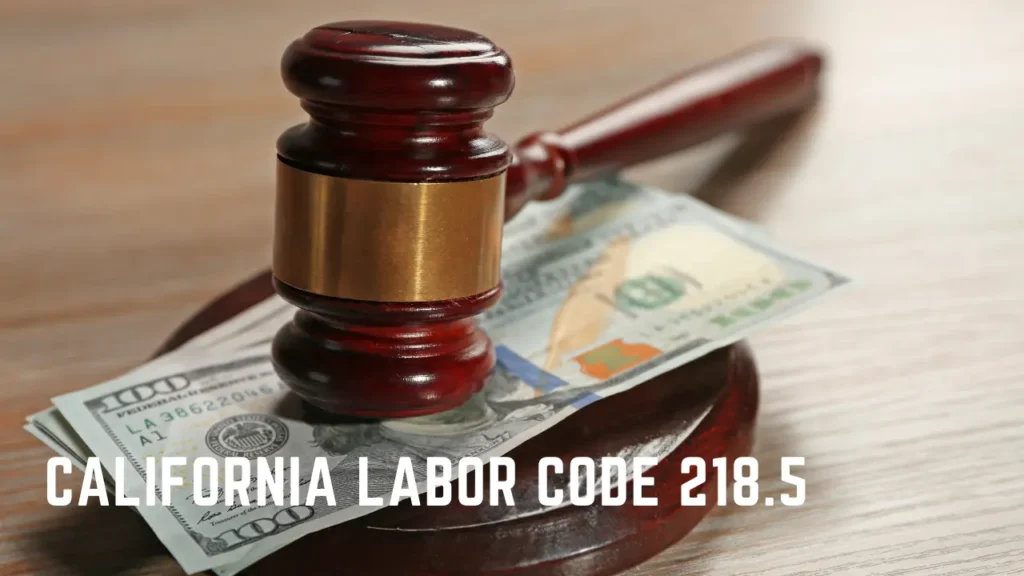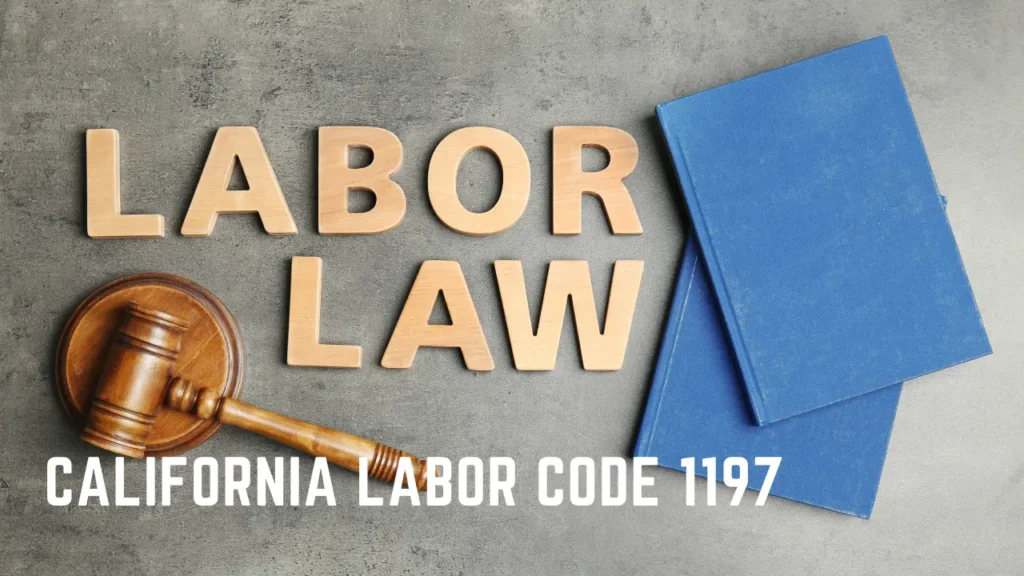Table of Contents
TogglePerhaps you’re unsure what to do next, torn between the fear of retaliation and the desire to stand up for your rights. How do you navigate this complex and emotionally charged situation, and what steps should you take to ensure your safety and dignity at work?
In the paragraphs to follow, we’ll dissect this problem and explore the solutions available to you, providing guidance on how to handle such a delicate circumstance.
Reporting Workplace Harassment
If you’re experiencing harassment at work, it’s crucial to take immediate action by informing your employer and utilizing the appropriate complaint channels such as contacting your HR manager, the EEO coordinator, or using a designated hotline or ombudsperson.
Don’t hold back out of fear or embarrassment; remember, it’s your right to work in an environment free from intimidation or discrimination. Your employer should have a written anti-harassment policy, which you should familiarize yourself with.
If the harassment persists after reporting, consider filing a complaint with the Civil Rights Division (CRD). You might feel overwhelmed, but you’re not alone. You can consult an attorney for advice and support throughout this process.
It’s important to confront the issue head-on to ensure a safe and respectful workplace.
Filing a Harassment Complaint
After alerting your employer about the harassment, you may find it necessary to escalate the situation by filing a formal complaint. This step is critical to safeguard your rights, and the process may seem overwhelming, but it’s crucial to ensure your workplace is safe and respectful.
Here’s a simplified checklist to guide you through the process:
- Document every incident meticulously with dates, times, locations, and any witnesses.
- Write a detailed account of the harassment and your conversations with management.
- Submit your complaint to your HR Department or designated authority.
- Consult with a legal professional to understand your rights and options.
- If unresolved, consider filing a complaint with an external agency, like the Equal Employment Opportunity Commission (EEOC).
Whom to Direct Complaints
Knowing who to direct your complaints to is a crucial step in addressing workplace harassment effectively. Usually, your first point of contact should be your immediate supervisor, unless they’re the one causing the problem. If that’s the case, or if your supervisor doesn’t take appropriate action, you should escalate the issue to Human Resources.
Your employer should also have a written anti-harassment policy, which will specify the person to whom harassment complaints should be directed. If you’re uncomfortable discussing the issue within your company, or if you’ve done so with no results, you can file a complaint with the Civil Rights Division (CRD). It’s also wise to consult an employment attorney to guide you through this process. You’re not alone in this fight.
Navigating Harassment Lawsuits
When faced with workplace harassment, navigating the complexities of a lawsuit can feel overwhelming, but understanding the basics of the process can empower you to take decisive action.
Here are a few steps to help you navigate through a harassment lawsuit:
- Reporting the Harassment: Make sure to report the harassment to your employer first.
- Filing a Complaint with CRD: You’ll need to file a charge with CRD before initiating a lawsuit.
- Hiring Legal Representation: Engaging a lawyer can help you navigate lawsuit deadlines and procedures.
- Deciding Whom to Sue: An attorney can guide you in determining if you should sue the employer, harasser, or both.
- Seeking Legal Assistance: Reaching out to legal aid organizations can provide guidance on your rights and next steps.
Determining Responsible Parties
Understanding who’s responsible for workplace harassment is a critical step in addressing this serious issue and ensuring the right parties are held accountable. It’s crucial for you to identify the individual or individuals involved in the harassment. This could be a colleague, a supervisor, or even a customer or client.
Companies are usually responsible for their employees’ behavior, so your employer should take your complaint seriously. If they don’t, they could be held legally accountable. Remember, determining responsible parties isn’t just about pointing fingers. It’s about creating a safe working environment for you and your coworkers.
Don’t hesitate to consult with a legal professional to guide you through this process. Your safety and dignity at work are paramount.
Seeking Legal Assistance
If you’re grappling with workplace harassment, it’s essential to seek legal assistance to guide you through the process and ensure your rights are protected. Not knowing where to start can be daunting, but here’s a simple guide to help:
Find a reputable attorney: Search for experienced employment or labor lawyers in your area.
Schedule a consultation: Most lawyers offer a free initial consultation to assess your case.
Gather your evidence: Prepare any documentation, emails, or witnesses supporting your harassment claims.
Understand your rights: A good lawyer will explain your rights and the legal procedures involved.
Keep communication open: Ensure you’re updated about the progress of your case.
Comprehending Employer Responsibilities
Navigating the complexities of workplace harassment, it’s essential to grasp your employer’s responsibilities in this context. They’re obligated to prevent discrimination and harassment and take immediate and appropriate corrective action when such instances occur. They should maintain a harassment prevention policy and ensure its effective communication.
Your employer is also held accountable for the actions of their employees and even nonemployees in certain circumstances. If a supervisor is the harasser, your employer is strictly liable. Understanding these responsibilities can empower you in your pursuit of a safe and respectful work environment. If your employer fails in these duties, it’s not just unethical – it’s against the law.
Understanding Investigation Procedures
While your employer’s responsibilities in cases of workplace harassment are significant, it’s equally important to familiarize yourself with the formal investigation procedures that typically follow a filed complaint.
Here’s a brief rundown of what you can expect:
- *Initial Review*: The employer or HR representative will review your complaint to determine if it warrants an investigation.
- *In-depth Investigation*: If warranted, a thorough investigation begins. This often involves interviews with you, the alleged harasser, and any potential witnesses.
- *Decision Making*: After gathering all information, the employer determines if harassment occurred and what action to take.
- *Action and Follow-Up*: Corrective actions, if necessary, are implemented. These could range from counseling to termination of the harasser.
- *Closure*: The investigation concludes, and you’re informed about the outcome.
Understanding these steps can help you navigate this difficult situation.
Conclusion
Don’t let workplace harassment continue unchecked. Report it to your employer, and if necessary, file a complaint with the CRD. Remember, your employer is responsible for preventing harassment.
If it doesn’t stop, consult a lawyer and consider a lawsuit. Understand the investigation process and know your rights.
You’re not alone, and resources are available to help. You deserve a safe and respectful workplace.













